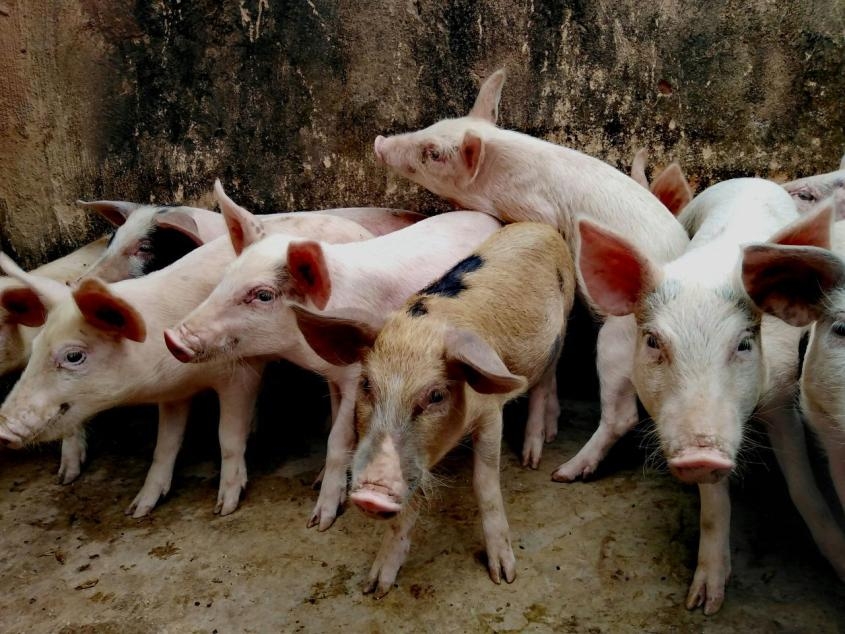Cornell and Ugandan researchers reveal role of ticks in African swine fever transmission
African swine fever (ASF) is a viral hemorrhagic disease that has spread globally and killed more than half the world’s population of pigs since 2007. A new paper by researchers at Cornell and Makerere University in Uganda confirms that a species of ticks is responsible for maintaining and spreading ASF infections among domestic pigs in Uganda. Their work, completed by a Makerere University Master’s student Edrine Kayaga, was published in Frontiers in Veterinary Science and supports the basic science needed to tackle this devastating disease.
ASF does not cause illness in humans, but “it has been really harmful to people, such as smallholders, whose lives are reliant on their livestock,” said Karyn Havas, D.V.M. ’05, senior research associate in the Department of Public and Ecosystem Health and principal investigator on the Cornell side. “Backyard farms have lost a lot of protein and economic security.”
The disease may have originated in the soft tick species Ornithodoros moubata which initially infected African warthogs and later killed domestic pigs brought in from Europe. While the pigs pass the disease to each other – either through direct contact or indirectly via contaminated pork in their food or unsanitary equipment – the ticks likely play an important role in maintaining the disease in the pig population. Living in cracks and crevices in pig housing, they can ingest infected blood from one pig and later latch on to another, previously uninfected animal and transmit the virus.
“We've known for decades that the tick is involved in transmission, but there hasn't actually been very much work done in Uganda itself,” Havas said. “And so our goal was to start the process of understanding the role of the tick in the domestic pig transmission cycle.”
Because soft ticks attach only briefly on their hosts, the researchers looked for other evidence of tick exposure. They collected more than 1,200 blood, serum and tissue samples from six slaughterhouses in Uganda’s capital, Kampala, which source pigs from around the country’s main pig-rearing region. Tests for antibodies against the salivary antigens of ticks in the serum revealed that nearly forty percent of pigs had likely been fed on by the parasites.
The researchers also found a significant relationship between pigs being exposed to tick bites and testing positive for the ASF virus in their blood, suggesting that the ticks play a role in transmission. However, some ASF-positive pigs had no signs of O. moubata exposure. This result highlights that pigs still pass the disease to each other, directly and indirectly.
The study further deepens the understanding of how ASF can be addressed in Uganda and beyond. “The problem of ticks wasn’t commonly discussed among experts in Uganda previously, so I think our contribution is showing the association between them and the disease in a peer-reviewed publication,” Havas said. “I believe the impact of this work has already started to arise.”
Written by Olivia Hall






